 War is hell, but being a prisoner of war can be worse. 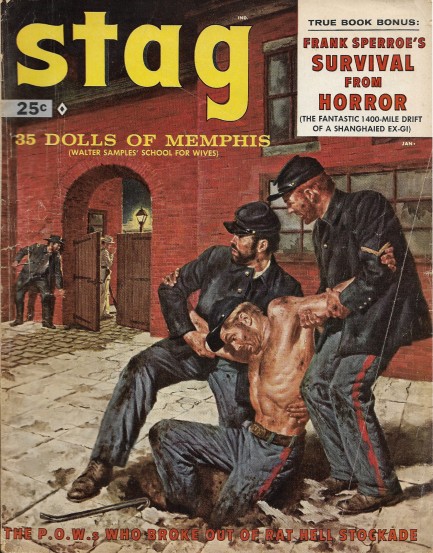
This January 1959 copy of Stag is an example of the joys of collecting old magazines. We bought it for three dollars, but it's being auctioned on Ebay right now for $100. Mort Kunstler handles the cover chores, illustrating Edward Newman's story “The P.O.W.s Who Broke Out of Rat Hell Stockade,” which deals with a group of Union soldiers during the U.S. Civil War who tunneled their way out of Richmond's Libby Prison. The story is true. The escape was one of the most successful breakouts of the war. The escapees were highly motivated due to the fact that Libby Prison was a hellhole that generated high mortality rates due to abuse, starvation, exposure to severe weather, and terrible overcrowding. A contemporary newspaper had this to say: “They are huddled up and jammed into every nook and corner; at the bathing troughs, around the cooking stoves, everywhere there is a wrangling, jostling crowd; at night the floor of every room they occupy in the building is covered, every square inch of it, by uneasy slumberers, lying side by side, and heel to head, as tightly packed as if the prison were a huge, improbable box of nocturnal sardines.” Inside Stag is art from James Bama, Kunstler again, Joe Little, Al Rossi, and Bruce Minney. You also get model/actress Irène Tunc, who was Miss France of 1954 and appeared in about thirty films during a three-decade film career. All this and more below, in twenty-three scans.
Update: we got the following e-mail from James N:
The cover of Stag, January 1959 was painted by James Bama. The credit to Mort Kunstler as printed in the magazine was an editorial error. Bama has confirmed this. For the sake of historical accuracy it would be nice if you changed your Jan. 9, 2017 post to reflect Jim Bama's true credit. We've talked a lot about how official credits can be wrong, so we're inclined to believe the cover was mistakenly attributed by editors because we already know they were human and made these types of goofs. But the process of collecting and curating vintage art offers the chance to get things right. So we're calling this cover a Bama, and thanks to James N. for taking the effort to write us. 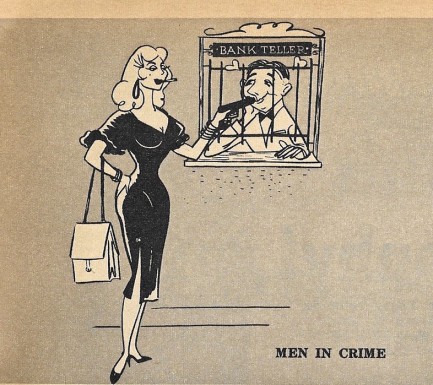  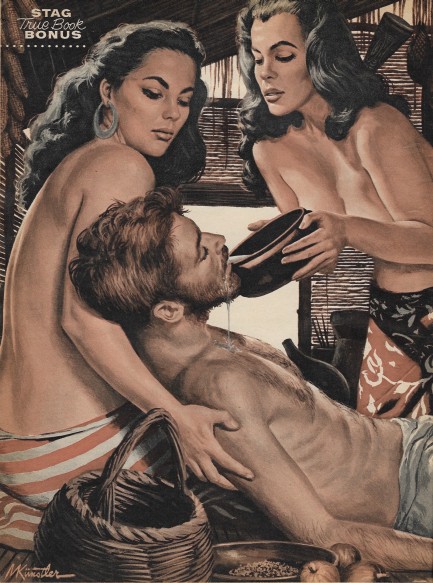 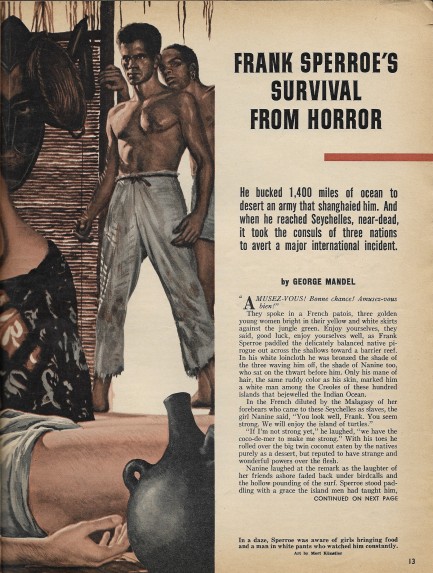 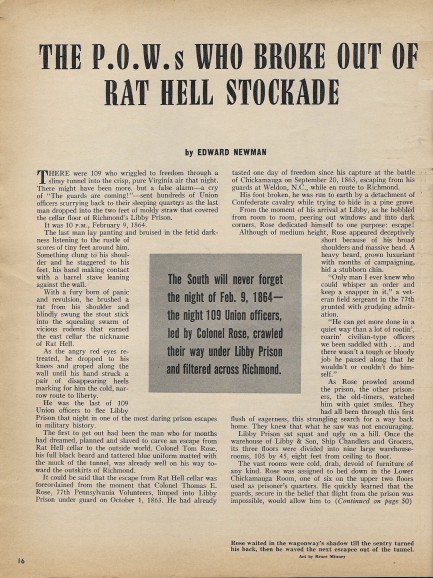 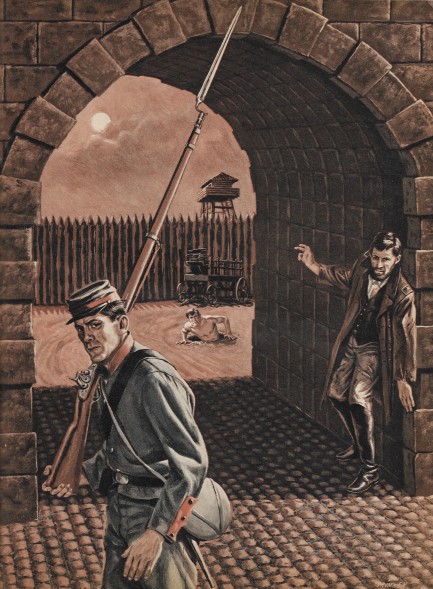 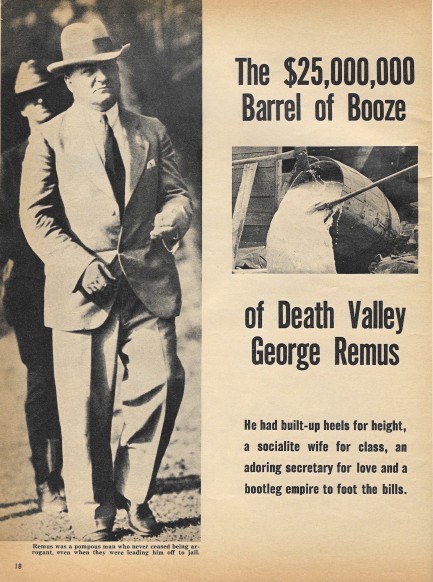 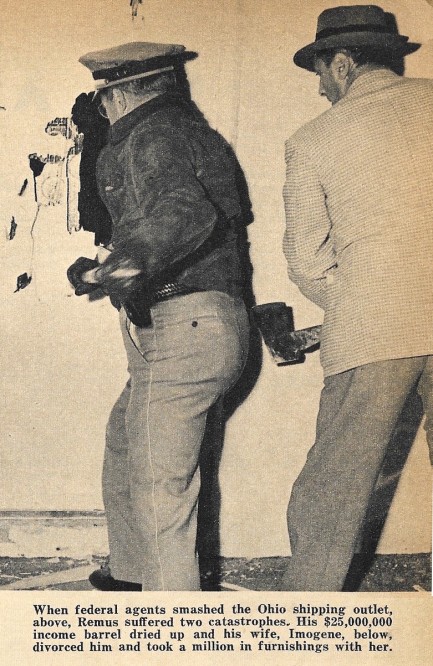 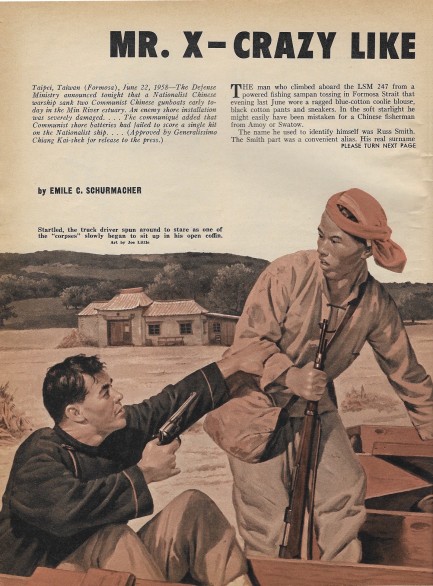 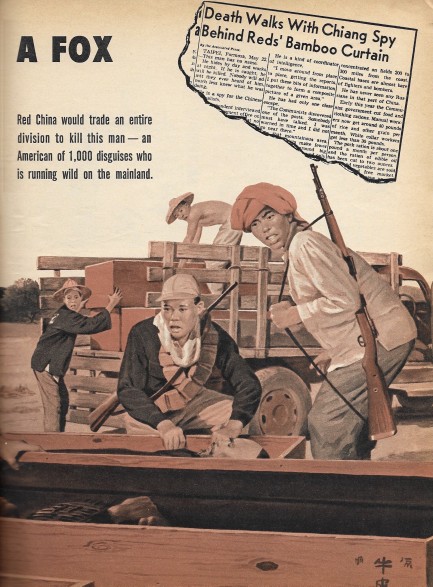 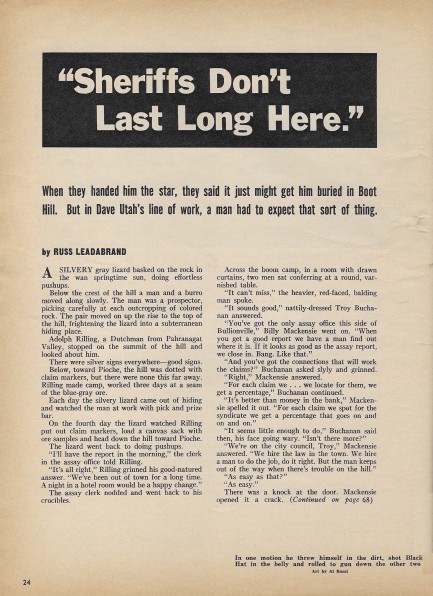 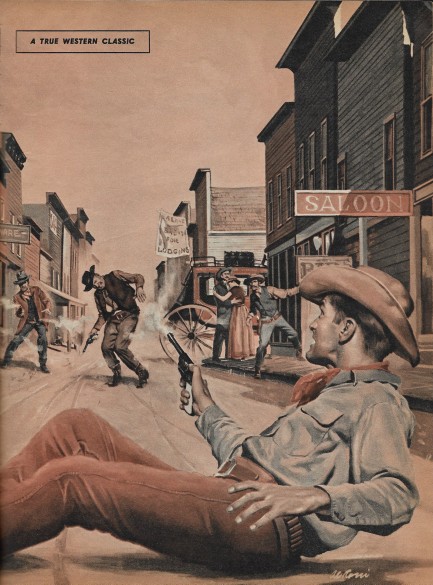 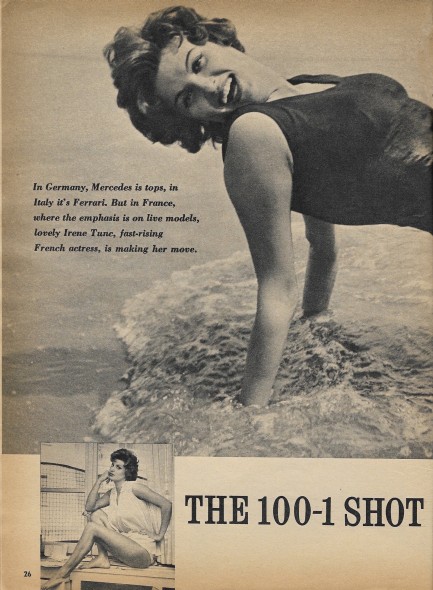 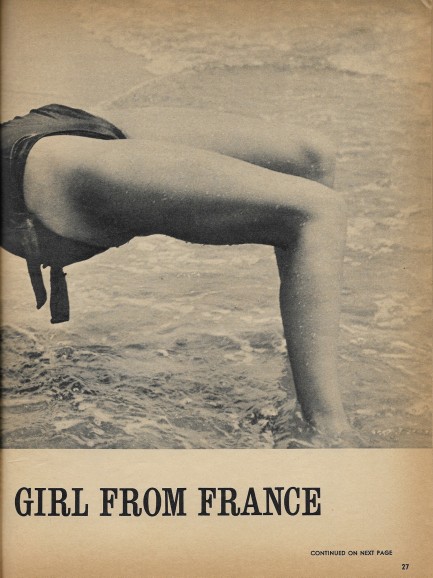  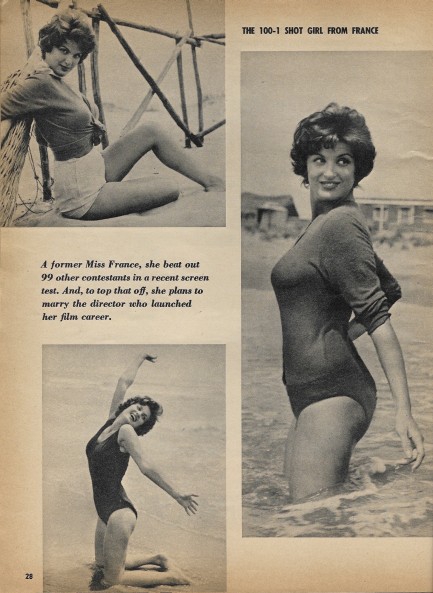 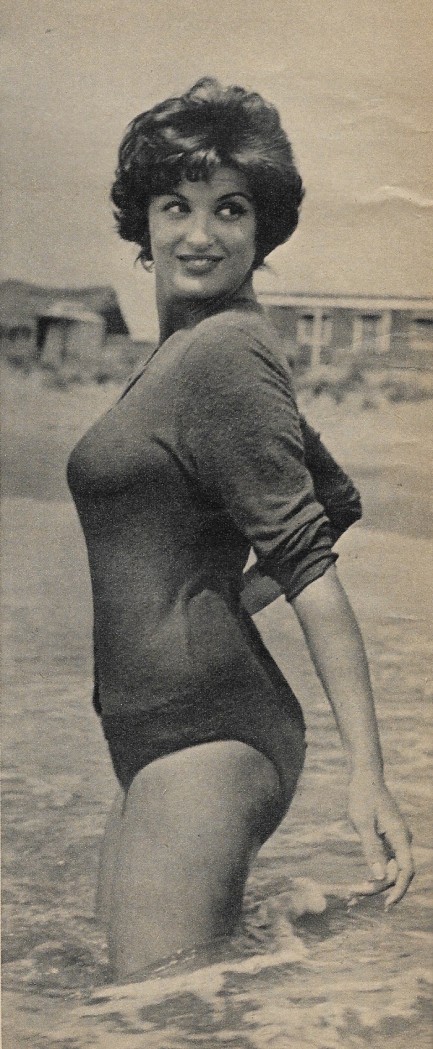 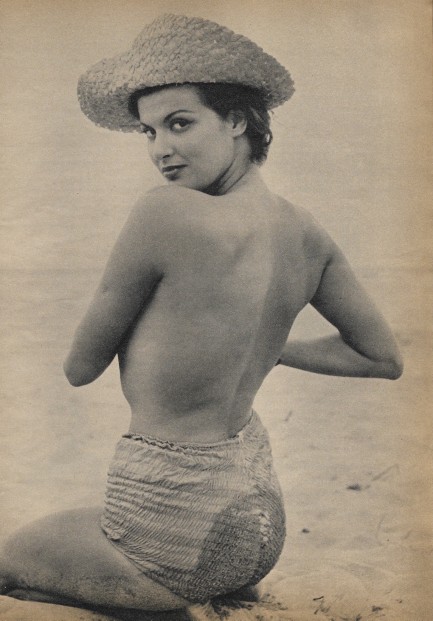 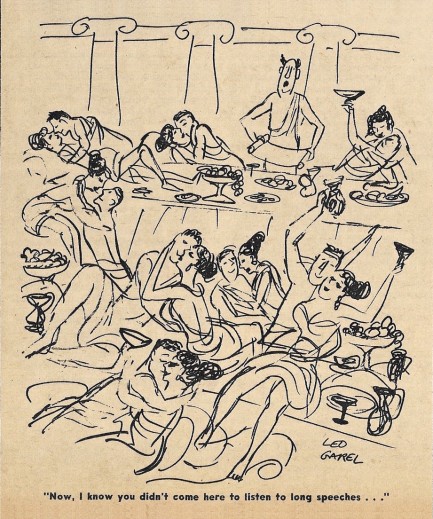 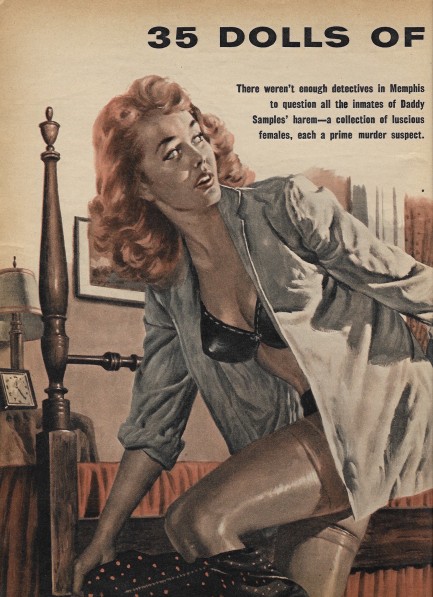 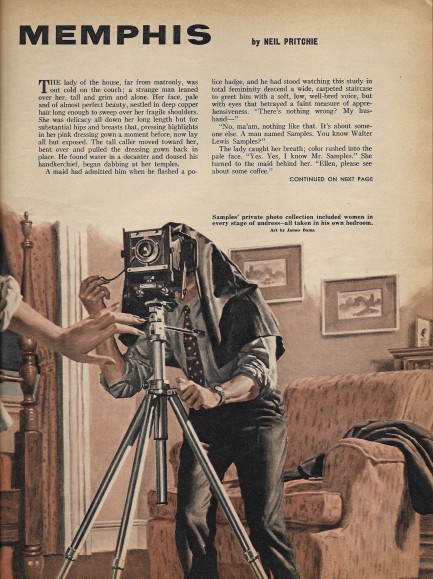 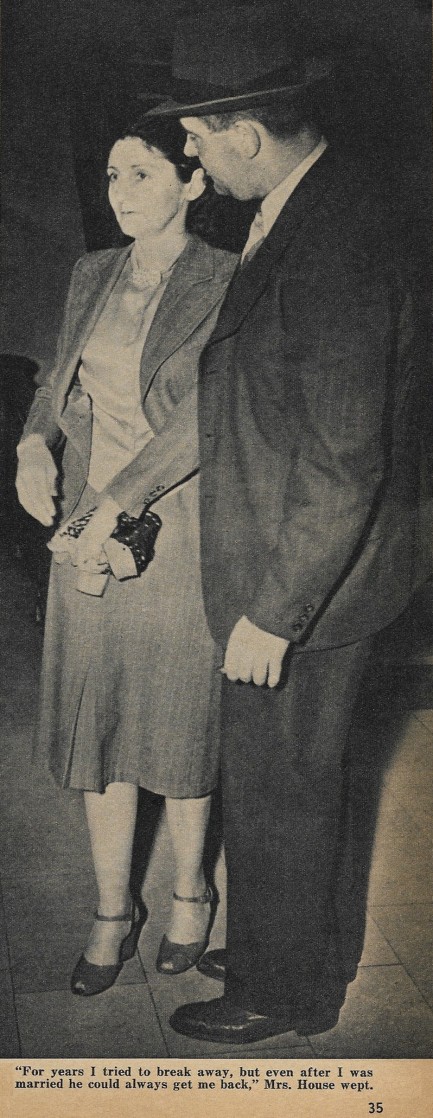 
 The kiss that never ends. 
The woman from the famous Alfred Eisenstaedt of a U.S. Navy sailor kissing a stranger in New York City's Times Square on August 14, 1945 has died at age ninety-two in Richmond, Virginia. The photo was made on Victory over Japan Day—better known as VJ Day—when New Yorkers were celebrating the end of World War II. Greta Friedman, who for many decades went identified, said of the moment, “It wasn’t my choice to be kissed. The guy just came over and grabbed. [He] was very strong. I did not see him approaching, and before I know it I was in this tight grip.” While today such an act would be unambiguously categorized as sexual assault—which makes perfect sense, because what woman wants to be grabbed and kissed against their will?—Friedman's relatives have said that in “that circumstance, that situation, that time,” the still unidentified sailor did nothing wrong. The result was one of the most renowned photographs ever made.
 Every little thing they do is magic. 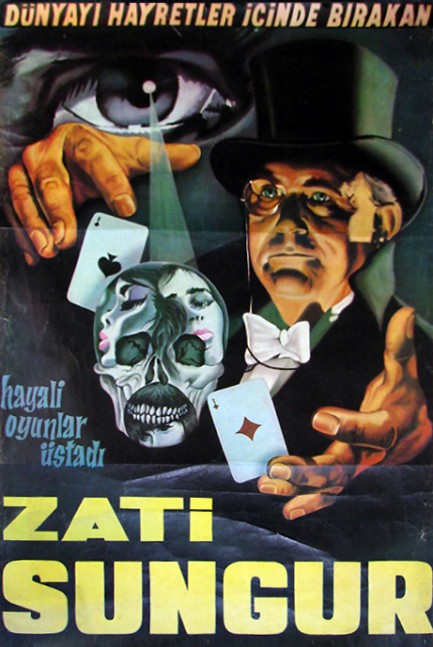
We found this great vintage poster for the Turkish illusionist Zati Sungur, who began performing during the 1920s and parlayed his talent into international fame. Spending most of his career touring Europe, the Middle East and South America, he performed not only as Zati Sungur, but as Zati Bey, Sati Richmond, and Conde Sati von Richmond. In the 1930s he developed the famous illusion of sawing a model in half, which was adopted by nearly every illusionist in the world. He eventually opened the famous Universal Magic and Illusion Tricks Studio, where he taught scores of Turkish students his secrets. Sungur died in 1984, but is well known among today’s illusionists as one of the masters of the craft. We located a few other vintage posters for famous and semi-famous magicians, illusionists and seers, circa 1930s, 1940s, and 1950s, and we’ve shared them below.
    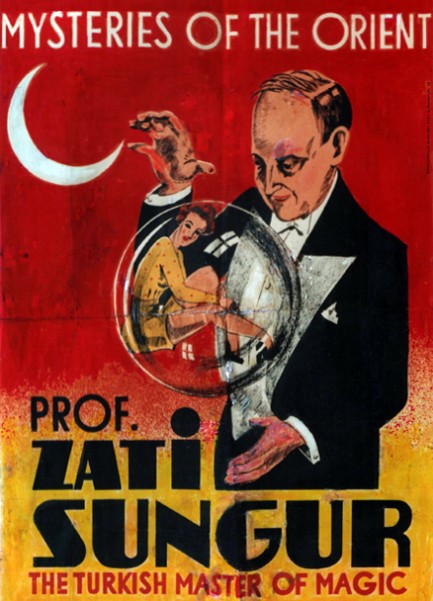 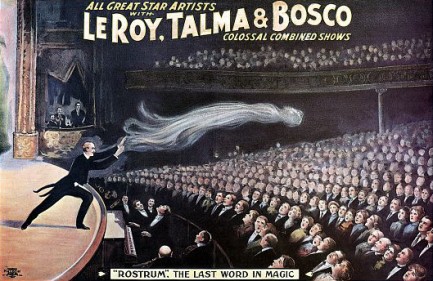 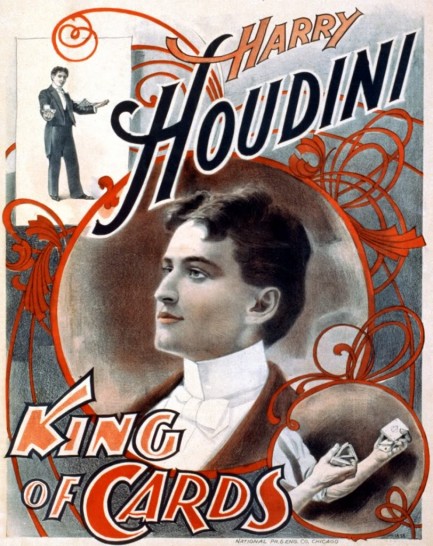 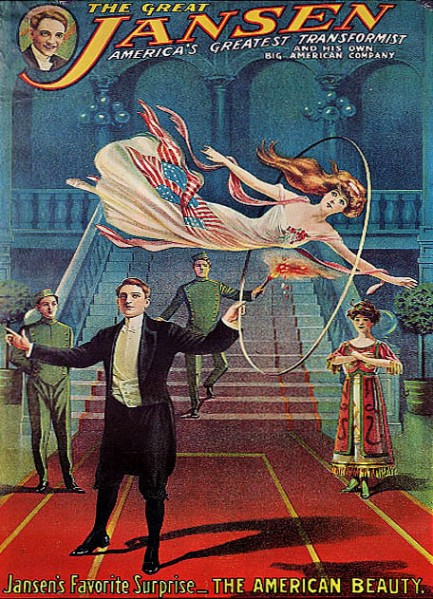 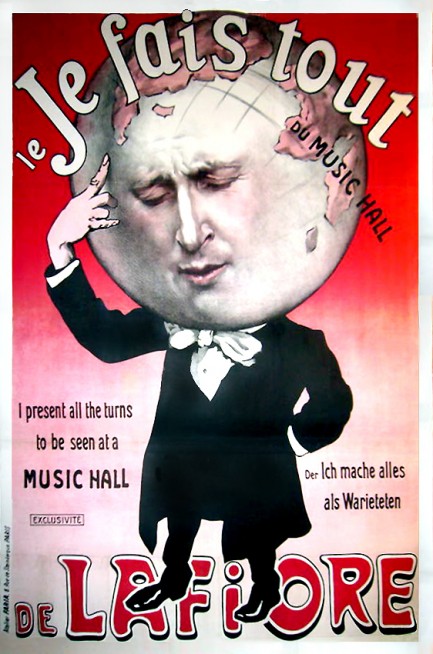 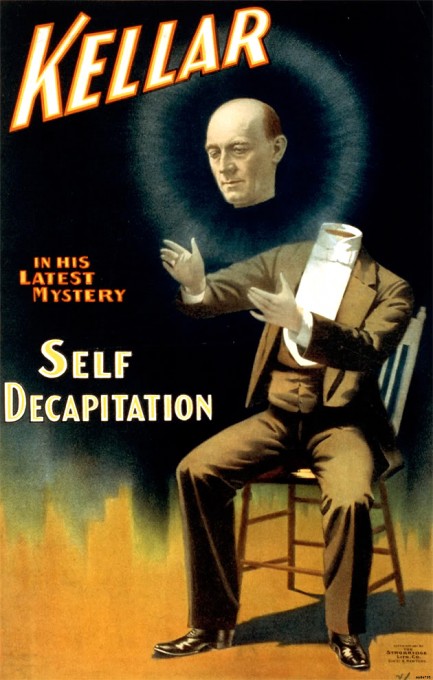 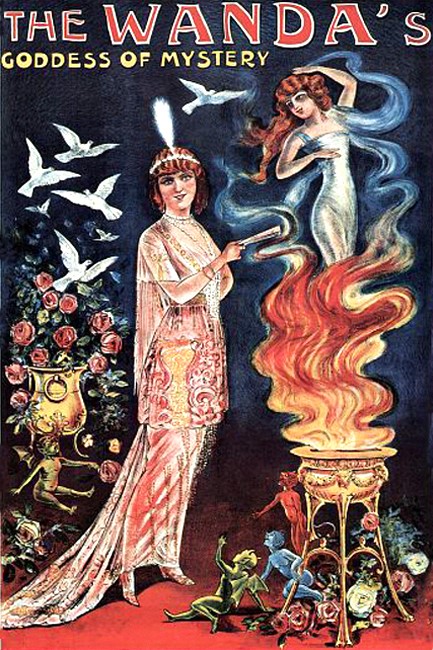 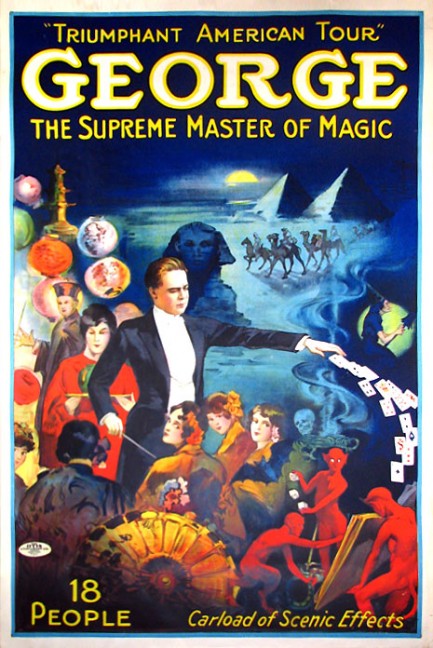 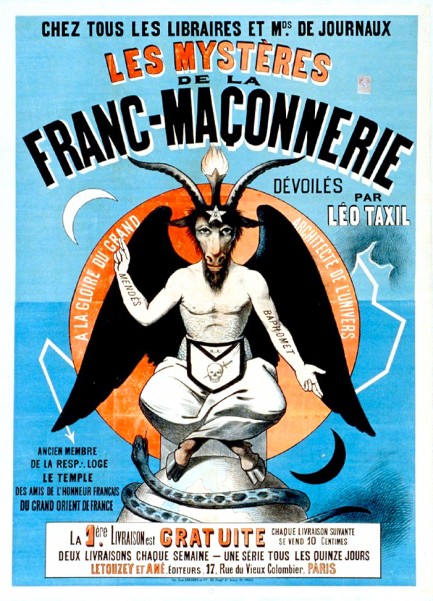
|
 |

The headlines that mattered yesteryear.
1943—First LSD Trip Takes Place
Swiss scientist Albert Hofmann, while working at Sandoz Laboratories in Basel, accidentally absorbs lysergic acid diethylamide, better known as LSD, and thus discovers its psychedelic properties. He had first synthesized the substance five years earlier but hadn't been aware of its effects. He goes on to write scores of articles and books about his creation. 1912—The Titanic Sinks
Two and a half hours after striking an iceberg in the North Atlantic Ocean on its maiden voyage, the British passenger liner RMS Titanic sinks, dragging 1,517 people to their deaths. The number of dead amount to more than fifty percent of the passengers, due mainly to the fact the liner was not equipped with enough lifeboats. 1947—Robinson Breaks Color Line
African-American baseball player Jackie Robinson officially breaks Major League Baseball's color line when he debuts for the Brooklyn Dodgers. Several dark skinned men had played professional baseball around the beginning of the twentieth century, but Robinson was the first to overcome the official segregation policy called—ironically, in retrospect—the "gentleman's agreement". 1935—Dust Storm Strikes U.S.
Exacerbated by a long drought combined with poor soil conservation techniques that caused excessive soil erosion on farmlands, a huge dust storm known as Black Sunday rages across Texas, Oklahoma, and several other states, literally turning day to night and redistributing an estimated 300,000 tons of topsoil. |

|
|

It's easy. We have an uploader that makes it a snap. Use it to submit your art, text, header, and subhead. Your post can be funny, serious, or anything in between, as long as it's vintage pulp. You'll get a byline and experience the fleeting pride of free authorship. We'll edit your post for typos, but the rest is up to you. Click here to give us your best shot.

|
|














































































































